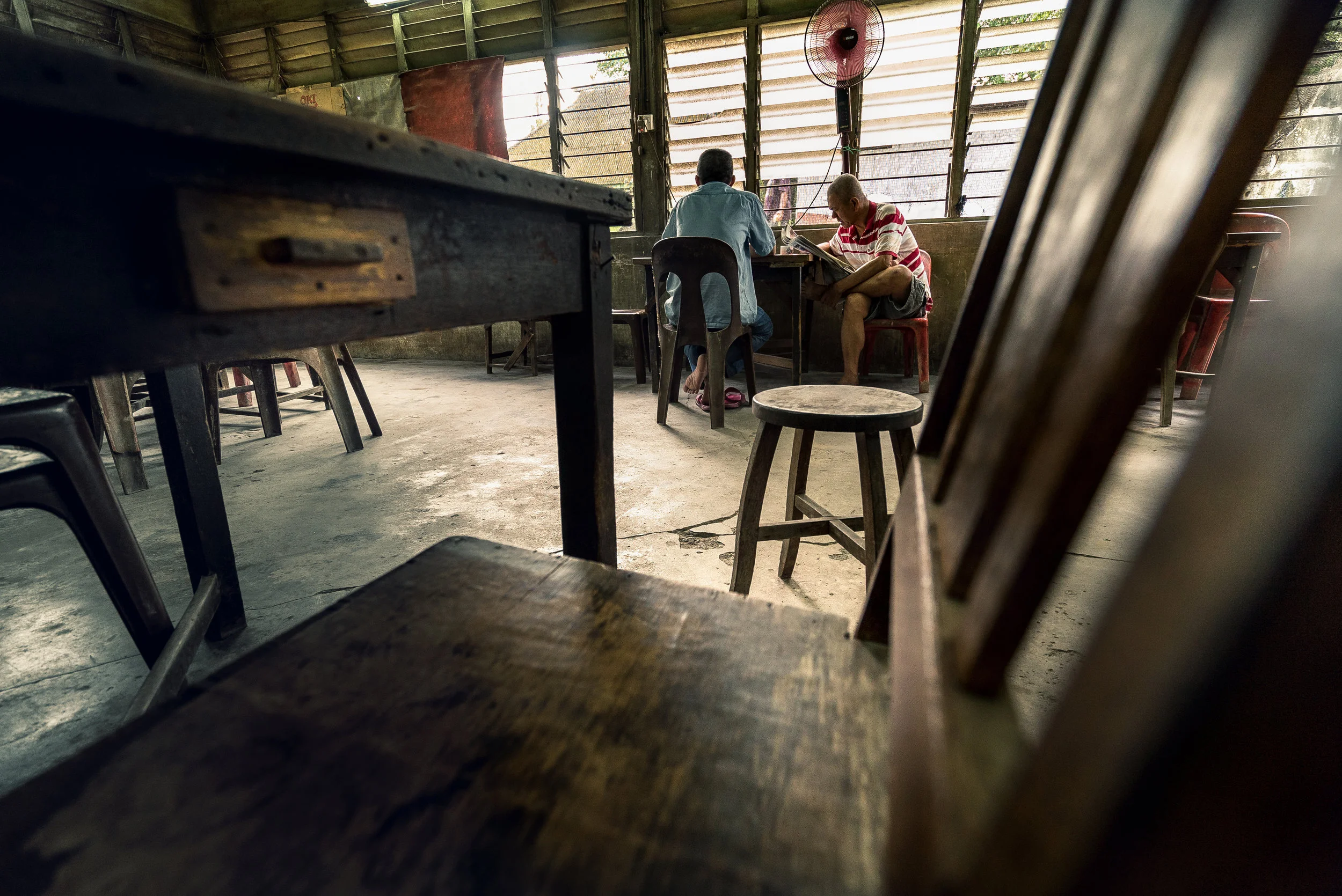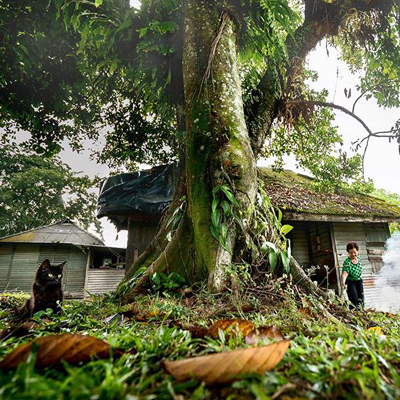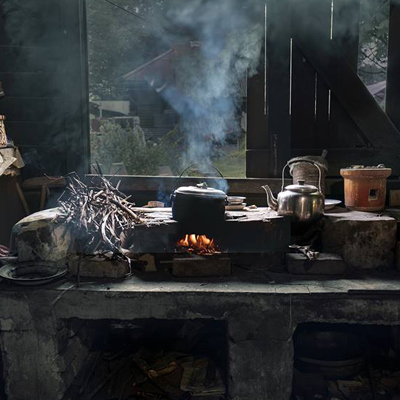Community Stories
Social Life of the Residents
Previously, leprosy patients who were segregated by force were able to live in the Valley of Hope, a scenic land measuring 562-acres, encircled by mountains. You may think that, however large it may be, it is still a settlement with borders. However, those living there were accorded a life free of prejudice and discrimination.
Before dapsone – the modern anti-leprosy drug – was available, leprosy was thought to be an incurable disease that was so dreaded, that anyone infected with it would be spurned by society and even by their own family members. Even those who have managed to recover from the disease would rather stay in the settlement and continue living there, just so they can escape the stares and the discriminatory attitude of society, or what they would call, “the outside world”.
Clubs and Associations
In the past, contracting leprosy is like getting a death sentence – those diagnosed with it could do nothing but hide from the world in fear while the bacteria eat away at their flesh and bone. The Valley of Hope, founded by the British colonial government in 1930, pulled leprosy patients out of horrible concentration camps and offered them a hygienic and healthy environment, so that they may live a dignified life and regain some form of normalcy in their life.
At the Sungai Buloh Settlement the residents enjoy great freedom in setting up clubs and associations. They have been encouraged to form various organisations and activities as to jump-start their new life here at the Valley of Hope. At its peak the colony was home to 2,440 residents and they had more than a dozen clubs and associations to choose from.
The Valley of Hope is a community made up of people from different ethnic groups, clanship and religious beliefs, thus naturally it led to clubs and associations to be formed along these lines. There are also non-ethnic-based organisations open to all races, such as the Ng Fook Tong, Rehabilitation Club, Green Club, Tong On Association and so on.
Management of the Valley of Hope
In the Valley of Hope, the residents were not only patients but also the administrative staff, teachers, medical staff, policemen, cooks, fire-fighters, laundry workers, postmen, lawn care workers, sanitation workers, carpenters, electricians; and drivers, amongst others. Here, in this lush Arcadia surrounded by hills, they live a self-contained and for the most part a secluded life, far from the madding crowd. This utopia for leprosy sufferers started out as an ideal healthcare model as envisioned by Earnest Travers, a British doctor.
In the 1920s, leprosy was still an incurable disease and was so dreaded that the leprosy sufferers would try really hard to keep their condition secret by way of hiding. If a child has contracted leprosy, his family would pull him out of school and keep him at home. As a measure to prevent the spread of leprosy, the British government enacted the Leper Enactment Act in 1926, which mandated the notification and segregation of leprosy patients in Malaya. Once a patient was found to have contracted leprosy, they would be taken away to one of the various leprosy camps in the country, such as the Penang’s Pulau Jerejak, Johor’s Tampoi; and Selangor’s Setapak, amongst other places.
Medical Treatment & Research
“The ang moh (Caucasian) doctor used to come every week and wheel me away to ‘cut my flesh’, patch by patch, for research purposes. A few of us went through this, so we were often given supplements and nutrient injections. At the beginning, it happened very frequently. I got cut every week until there were wounds all over my body, but the cuts have now healed and the scars are gone now,” said 94-year-old Fun Ah Har, an inmate of the Sungai Buloh Settlement.
She remembers that the “ang moh” doctor was Dr Waters. She believes that it was Dr Waters who cured her and spared her from potential disabilities and deformities, so she has always been grateful for that.
Universal Values of Sungai Buloh Settlement
If the development of society is, in a way, a history of human progress, then the way we treat epidemic patients should be one of the indicators of human civilisation. By protecting the Sungai Buloh Settlement, we are essentially making an effort to preserve the tracks of human progress so that future generations would be able to relive the best and the worst of humanity, remembering the dark times of the mistreatment of leprosy patients, in the times before the Valley of Hope was founded.
Marriage and Descendants
Loke Seng Kah usually brings some dried snacks along when he visits his 90-year-old mother at the hospital ward. Just like many other members of the second generation of leprosy patients, he was given away to a foster family as an infant and only learned about his origin later in life.
Loke Seng Kah, now 67 years old, was born in the Sungai Buloh Settlement in 1949. Both of his parents are leprosy patients and he is their eldest son, with five younger siblings after him. His aunt took care of him and his youngest sister, while the elder of his younger sisters and two of his younger brothers were given away to a foster family living in Kampung Baru Sungai Buloh. A Malay family adopted his other younger sister.
Outlook on Development
In the 1960s, the settlement authorities of the Valley of Hope encouraged leprosy patients who have recovered to take up gardening so that they may improve their physical and mental well-being, besides earning them some income on the side. As a result, Sungai Buloh has become the hub of horticultural wholesalers in Malaysia today. Horticultural activities have improved the ex-patients’ life and enabled them to support themselves financially. It has also helped its inhabitants tear down the wall that stood between them and society, at once allowing them to be part of society again and allowing outsiders to enter their world.
The Sungai Buloh Settlement Council
In 1951, the first local council election in the Federation of Malaya was held in George Town, Penang. However, the Valley of Hope was way ahead – by then it already has a Patients Council, fully elected with the participation of all of its inmates. The Valley of Hope, with a population of more than 2,000 patients at that time, was akin to a sizeable village. Since the Council was established in 1946, it had been holding a democratic election biannually to elect new council members.








